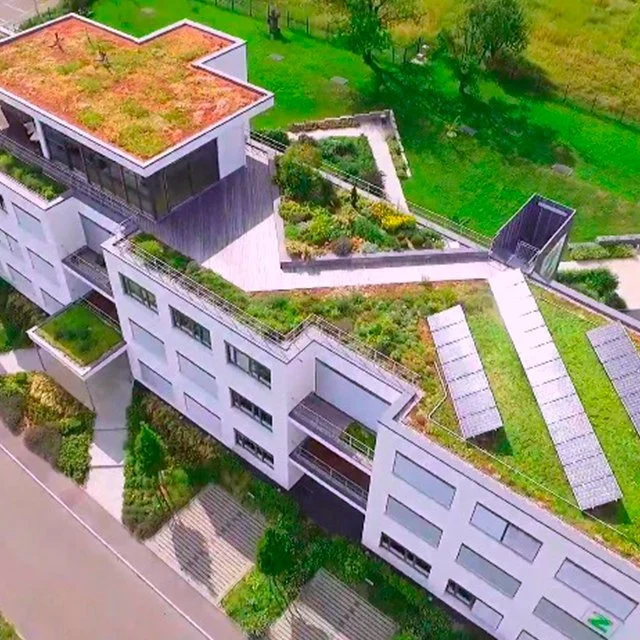
- 1. Understanding Roofing Material Sustainability Certifications
- 2. Types of Sustainability Certifications for Roofing
- 3. Benefits of Sustainable Roofing Materials
- 4. How to Choose Sustainable Roofing Materials for Your Home
- 5. Why Choose Certified Roofing Materials?
1. Understanding Roofing Material Sustainability Certifications
As the demand for environmentally friendly and energy-efficient homes continues to grow, more homeowners and builders are opting for sustainable roofing materials. Roofing material sustainability certifications are a way to recognize products that meet specific environmental, energy, and performance standards. These certifications help ensure that the materials used on your roof are not only effective but also contribute to reducing the overall environmental footprint of a building.
In this article, we’ll explore the key sustainability certifications for roofing materials, such as LEED (Leadership in Energy and Environmental Design) and Cool Roof, and explain why they matter in creating a more energy-efficient, eco-friendly home.
2. Types of Sustainability Certifications for Roofing
There are several certifications that roofing materials can achieve to prove their sustainability. Let’s look at the most well-known and widely recognized certifications in the roofing industry:

Manny General contruction inc
MilfordWorcester CountyMassachusetts
9 Bowdoin Dr, Milford, MA 01757, USA
1. LEED Certification
LEED, or Leadership in Energy and Environmental Design, is one of the most popular green building certification programs. Developed by the U.S. Green Building Council (USGBC), LEED evaluates the environmental impact of buildings and construction materials, including roofing products. Roofing materials that contribute to energy savings, have a low environmental impact, and are made from sustainable resources can help a building achieve LEED certification. For example, reflective roofing materials that help reduce the building's cooling costs and overall energy use may earn points towards a LEED certification.
2. Cool Roof Certification
Cool Roof certification focuses on roofing materials that have high solar reflectance and thermal emittance properties. These materials are designed to reflect more sunlight and absorb less heat, which can significantly lower the temperature of your home and reduce the need for air conditioning. Cool Roofs contribute to energy savings and reduce the urban heat island effect, making them an important part of sustainable construction. The Cool Roof Rating Council (CRRC) provides certification for roofing materials that meet these energy-efficient standards.
3. Energy Star Certification
Energy Star is a well-known energy efficiency program developed by the U.S. Environmental Protection Agency (EPA). Roofing materials that earn the Energy Star label meet high standards for energy efficiency, helping to reduce energy use and lower utility costs. Energy Star-rated roofing materials reflect more sunlight, making them an ideal choice for homes in hot climates.
3. Benefits of Sustainable Roofing Materials
Choosing sustainable roofing materials with certifications can provide several advantages for homeowners, the environment, and the community. Here’s why you should consider eco-friendly roofing solutions:
1. Energy Efficiency and Cost Savings
Sustainable roofing materials, such as those certified by LEED or Cool Roof, can significantly improve your home’s energy efficiency. By reducing heat absorption, these materials help keep your home cooler in the summer, reducing the need for air conditioning. This leads to lower energy bills and less strain on the environment. Over time, the energy savings can offset the initial cost of installing eco-friendly roofing materials.
2. Reduced Environmental Impact
Eco-friendly roofing materials help reduce the overall environmental impact of a building. Sustainable roofing materials are typically made from recycled or recyclable materials, and their production processes are designed to minimize waste and pollution. By choosing these materials, you contribute to a greener planet and help reduce construction waste that ends up in landfills.
3. Increased Property Value
Homes with certified sustainable roofing materials are often viewed as more attractive by potential buyers. Energy-efficient homes are in high demand, and investing in a green roof can increase your property’s resale value. The long-term benefits of reduced energy costs, combined with the environmental impact of your home, can make it a more desirable property in today’s real estate market.
4. How to Choose Sustainable Roofing Materials for Your Home
Choosing sustainable roofing materials for your home is an important decision that can impact both your energy efficiency and your environmental footprint. Here are a few tips to help you make the best choice:
1. Consider Your Climate
The climate in your region plays a significant role in determining which roofing materials will be the most effective. For instance, in hot climates, reflective roofing materials (such as those with Cool Roof certification) are ideal for reducing cooling costs. In colder climates, materials that provide superior insulation and energy efficiency, like cool-roof rated asphalt shingles, can be a good choice to minimize heating costs during the winter months.
2. Look for Certifications
Always check for industry-recognized certifications such as LEED, Cool Roof, or Energy Star when selecting roofing materials. These certifications ensure that the materials you choose meet high standards of energy efficiency, sustainability, and environmental impact. Choosing certified materials provides you with peace of mind that your roof will contribute to the long-term sustainability of your home.
3. Durability and Longevity
Sustainable roofing materials are not only eco-friendly but also durable. Opt for materials that have a longer lifespan and require less maintenance, such as metal or tile roofing. These materials may have a higher upfront cost but will save you money over time due to their longevity and resistance to weather damage.
5. Why Choose Certified Roofing Materials?
Choosing certified roofing materials offers several key benefits. These materials are rigorously tested and proven to meet industry standards for energy efficiency, environmental sustainability, and performance. When you choose certified roofing materials, you are investing in a product that not only helps you save on energy costs but also contributes to a healthier environment.
Additionally, many local governments and utility companies offer incentives, rebates, or tax credits for using certified sustainable materials. This means that in addition to the environmental and energy benefits, you may also be eligible for financial incentives to reduce your initial investment in sustainable roofing solutions.
If you're looking for expert advice on sustainable roofing options, visit BeachCo Roofing Hub for recommendations on the best certified products and services that will help you achieve an energy-efficient, eco-friendly roof.
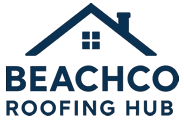


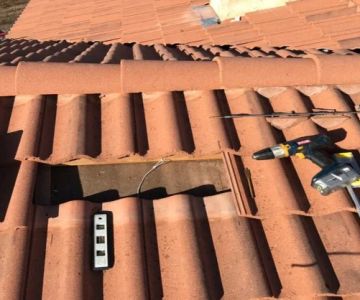
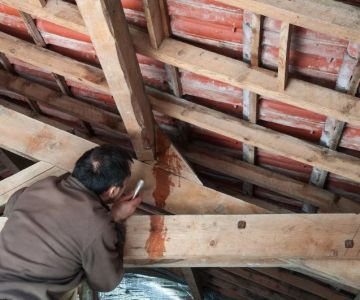

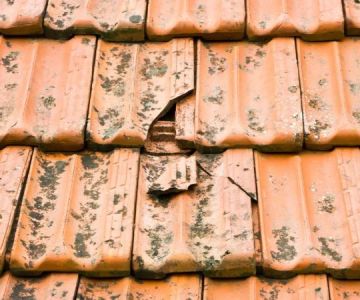
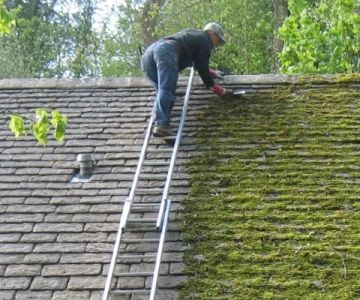
 OBS Construction LLC5.0 (7 reviews)
OBS Construction LLC5.0 (7 reviews) HD Construction5.0 (3 reviews)
HD Construction5.0 (3 reviews) Weather Master Roofing CO., Inc5.0 (1 reviews)
Weather Master Roofing CO., Inc5.0 (1 reviews) Peak Roofers5.0 (1 reviews)
Peak Roofers5.0 (1 reviews) Davis & Sons Roofing4.0 (41 reviews)
Davis & Sons Roofing4.0 (41 reviews) Tonys Contractor llc5.0 (2 reviews)
Tonys Contractor llc5.0 (2 reviews)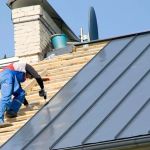 The Cost of Roofing Labor vs. Materials: Breaking Down the Invoice
The Cost of Roofing Labor vs. Materials: Breaking Down the Invoice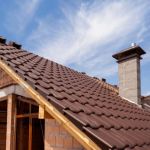 Does a New Roof Add Value to Your Home? ROI for Different Materials
Does a New Roof Add Value to Your Home? ROI for Different Materials The Lifespan of a Roof in a Hurricane-Prone Area: Key Factors and Tips
The Lifespan of a Roof in a Hurricane-Prone Area: Key Factors and Tips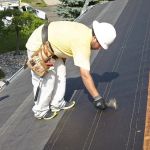 How to Choose a Roofing Contractor That Uses Synthetic Underlayment
How to Choose a Roofing Contractor That Uses Synthetic Underlayment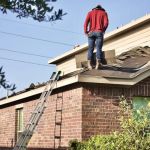 How to Choose a Roofing Contractor That is Licensed in Multiple States
How to Choose a Roofing Contractor That is Licensed in Multiple States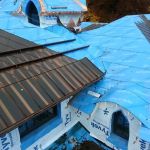 How to Install Roof Ice and Water Shield on Complex Roof Details
How to Install Roof Ice and Water Shield on Complex Roof Details